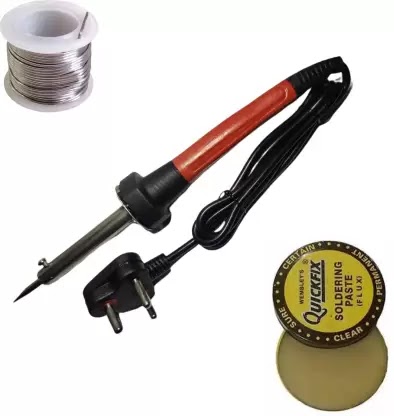A garden edging tool is a gardening implement designed to create neat and defined edges between different areas in a garden or landscape. These edges can separate lawns from flower beds, pathways from grass, or different types of plants from each other. Garden edging tools help create a clean and organized appearance in outdoor spaces while also preventing the spread of grass or weeds into unwanted areas.
There are various types of garden edging tools available, each with its own design and method of use:
Manual Edging Tools: These are hand-operated tools that require physical effort to create the edges. Some common types include:
Half-Moon Edger: This tool has a half-moon-shaped blade that is pushed into the soil along the desired edge. It's then rocked back and forth to create a clean and precise cut.
Straight-Edged Spade: A straight-edged spade can also be used to create garden edges. The spade is pushed into the soil at an angle to create a straight boundary between different areas.
Step Edger: This tool features a flat, narrow blade with a step or footplate. It is pressed into the soil using the footplate, creating a uniform edge as you walk along the desired boundary.
Mechanical Edgers: These are powered tools that make the edging process quicker and require less physical effort. They are typically powered by gas engines or electricity. Mechanical edgers often have rotating blades that cut through the soil to create clean edges.
String Trimmers with Edging Attachments: Many string trimmers can be equipped with edging attachments or guides. These allow you to use the string trimmer to create clean edges along pathways, driveways, or flower beds.
Garden Shears: While not specifically designed for edging, certain types of garden shears can be used to trim and shape edges, particularly for smaller areas or delicate plants.
When using a garden edging tool, it's important to follow these general steps:
Mark the Boundary: Use stakes and string or a garden hose to mark the desired boundary where you want to create the edge.
Prepare the Soil: Ensure that the soil along the marked boundary is moist and soft. This makes it easier to create clean edges.
Start Edging: Using the chosen edging tool, follow the marked line and cut through the soil to create a neat edge. Be mindful of your technique to achieve a straight and uniform edge.
Maintain Edges: Regularly inspect and maintain the edges to keep them looking tidy. If using a manual tool, periodically sharpen the blade for optimal performance.
Garden edging tools play a crucial role in enhancing the visual appeal of your garden and maintaining its overall aesthetics. Properly edged borders can also help in effective weed control and prevent grass from encroaching into flower beds or other landscaped areas.


.jpg)



.jpg)

.jpg)

.jpg)
0 Comments